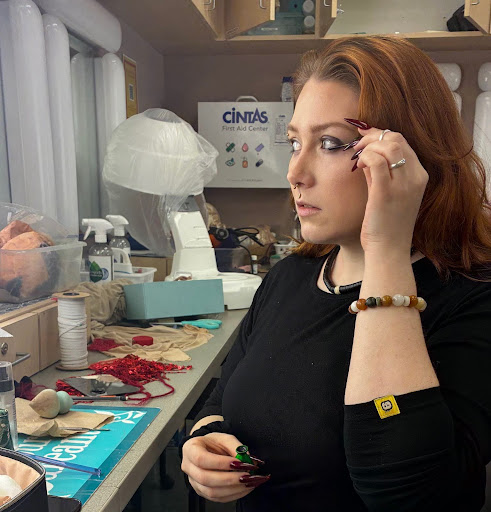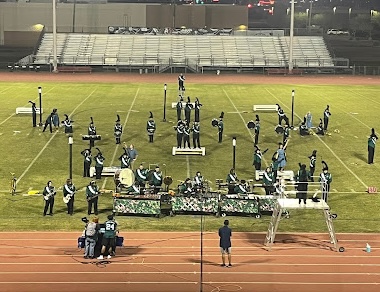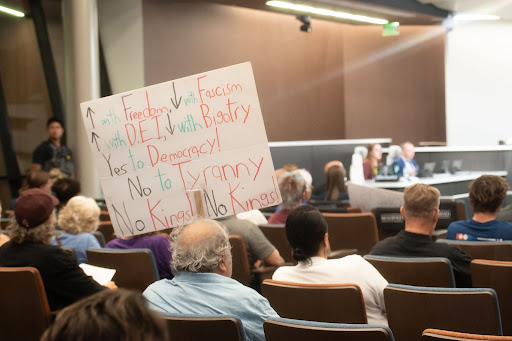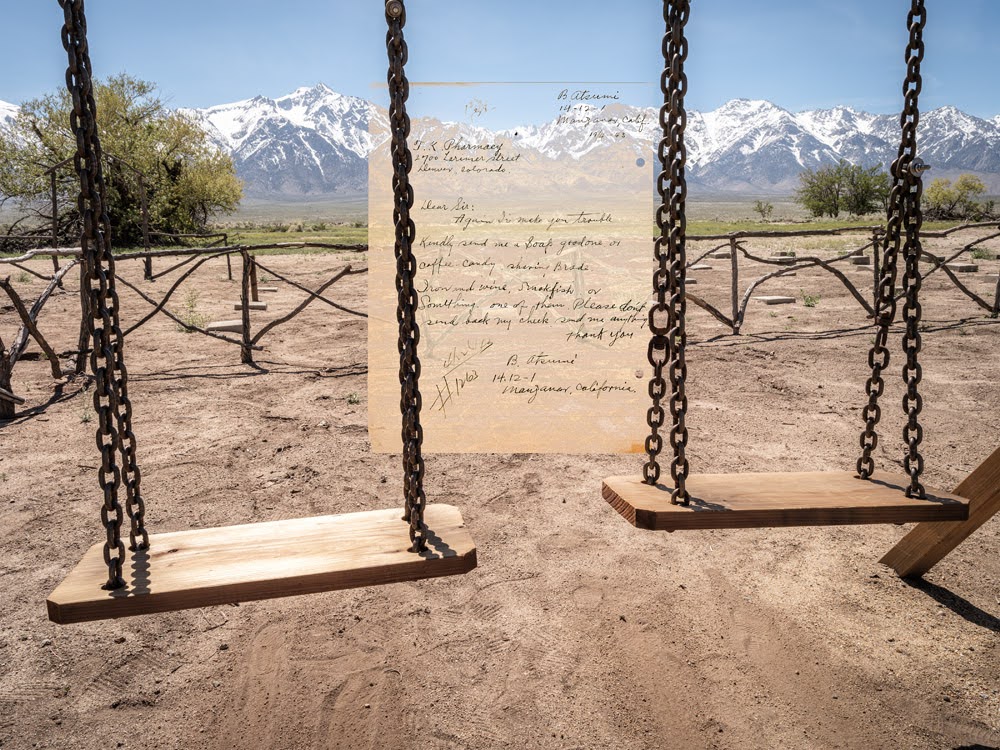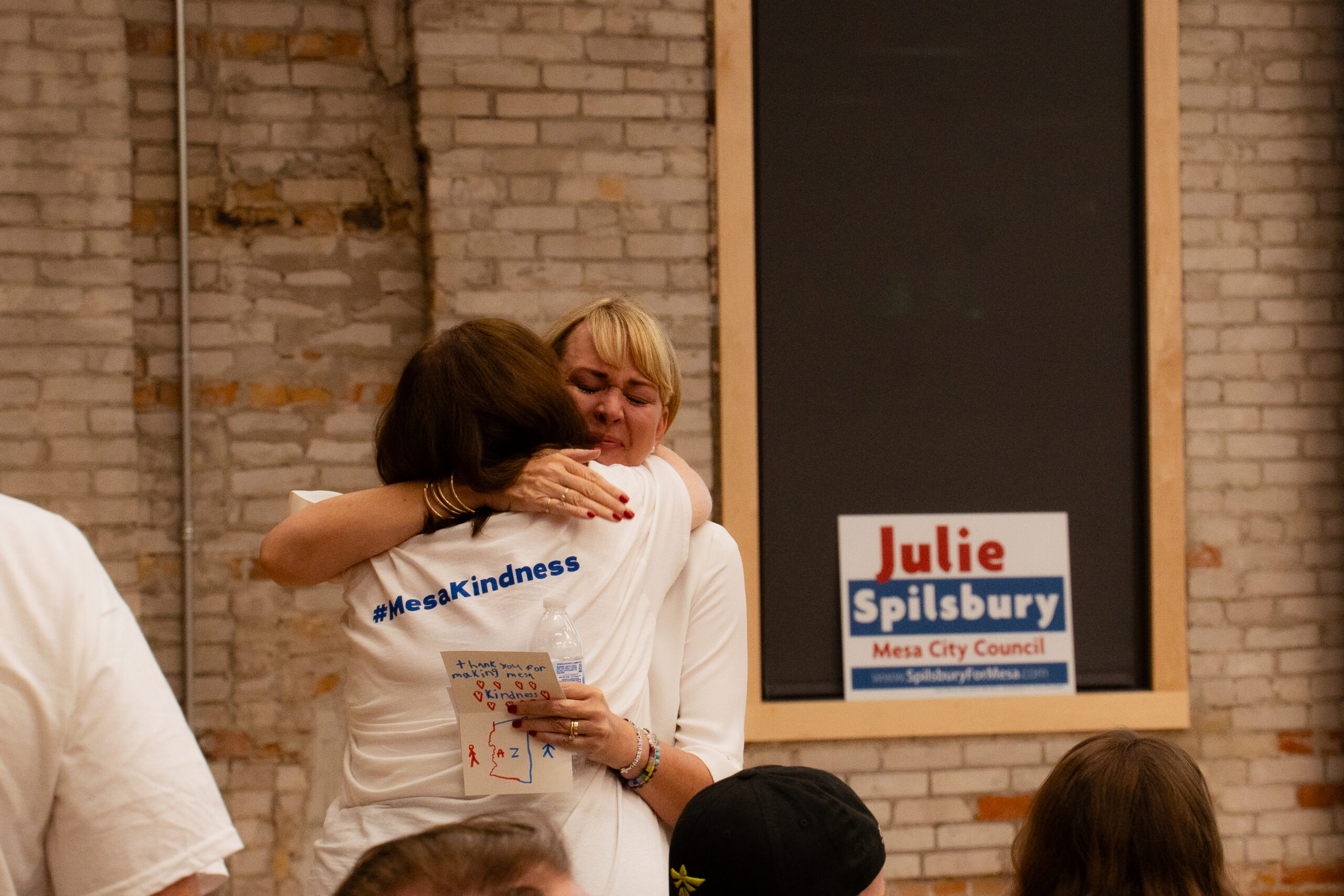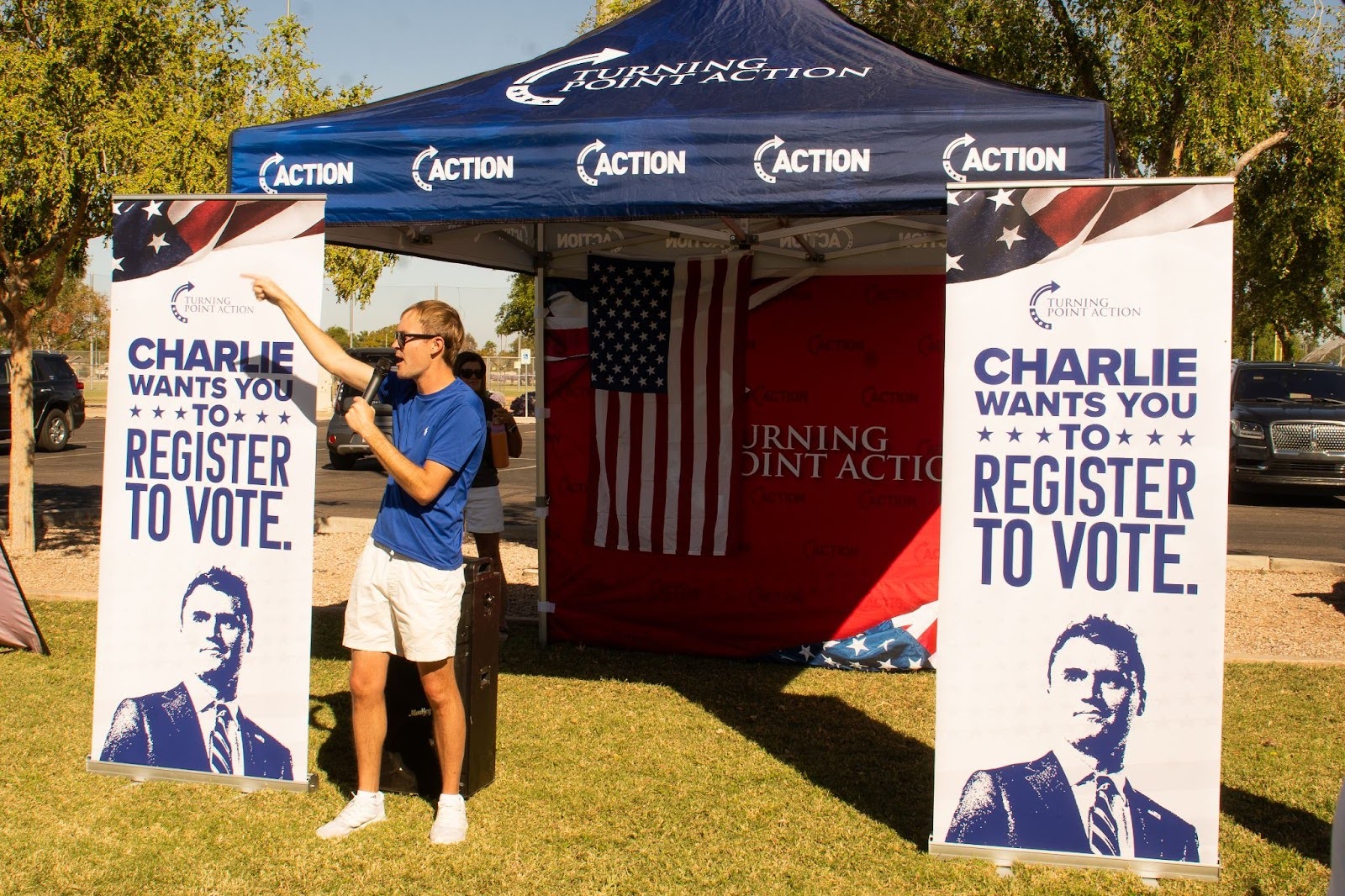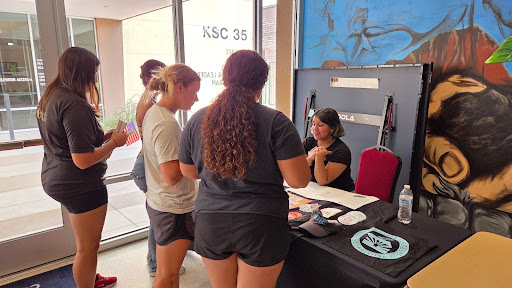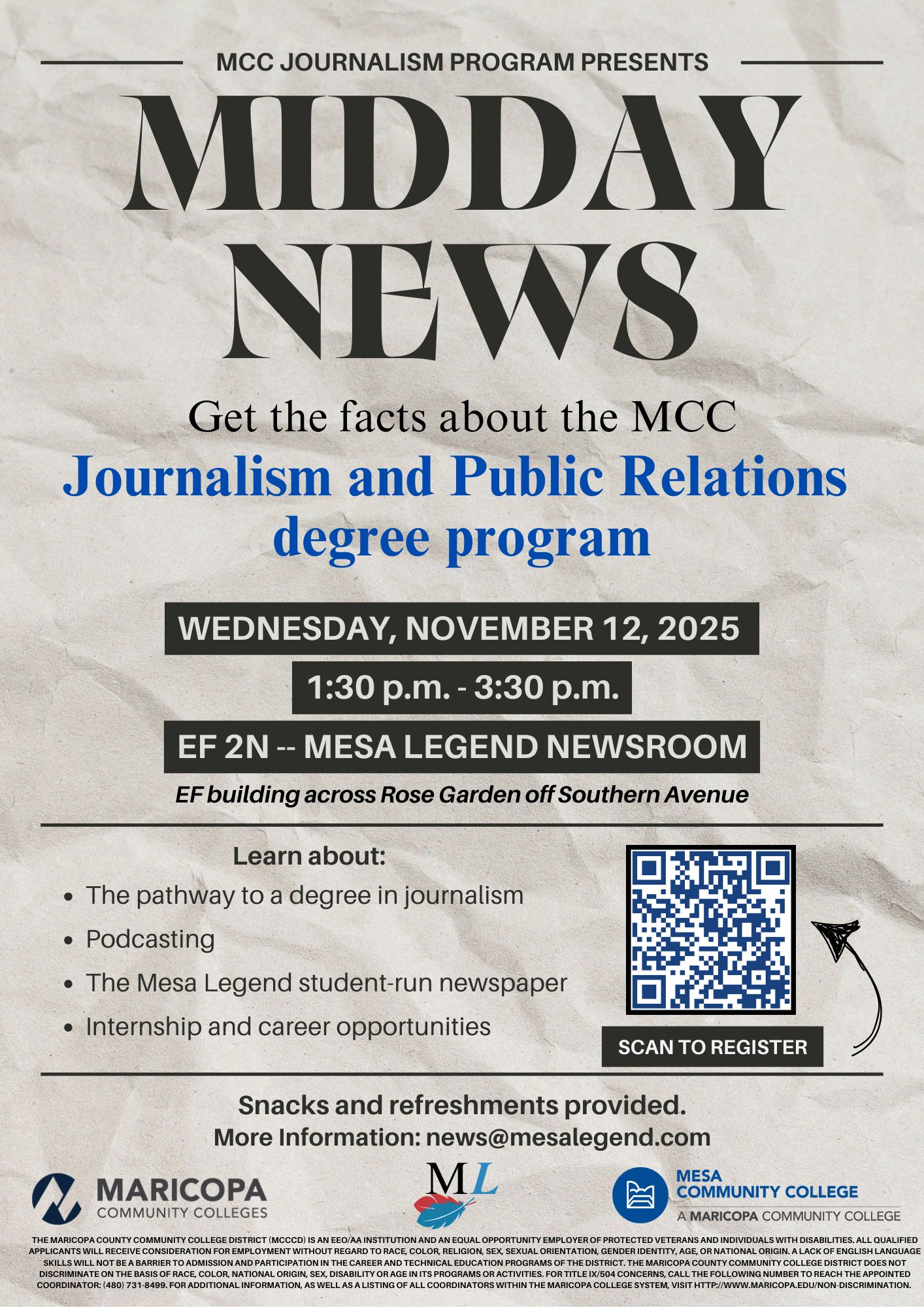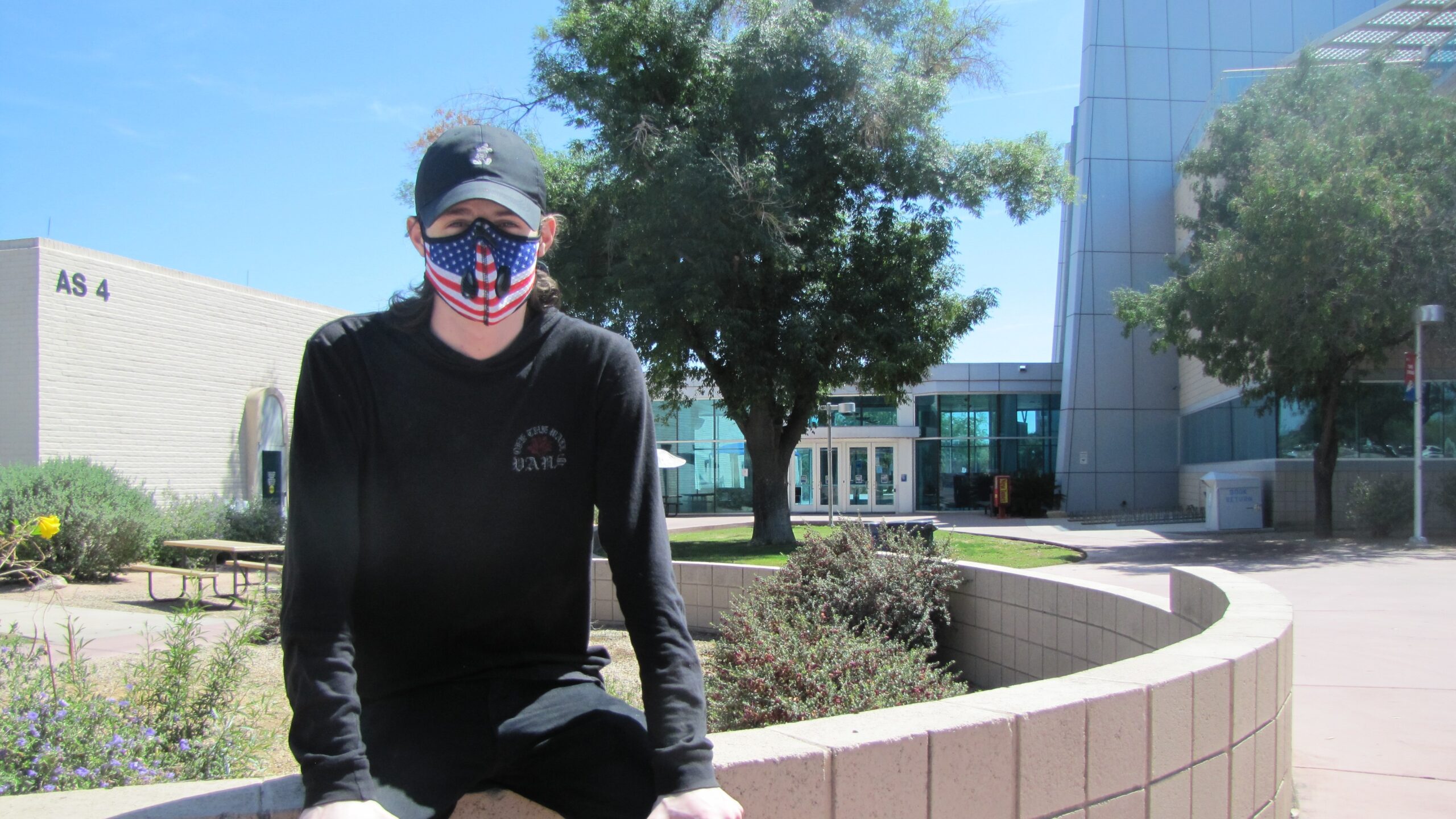Trial by COVID-19: MCC’s journey through the pandemic
In March of 2020 the United States entered into a state-enforced shutdown that closed the doors of gyms, stores, theatres, clubs and many other important institutions to the American way of life. Among them was the education sector. With so many lives revolving around either attending, supporting, or directly working for a school, the lockdown completely altered the day-to-day of whole communities.
Mesa Community College (MCC), a long-standing community icon of Mesa, was not unaffected by these closures, and as the buildings, classrooms, and hallways of this institution emptied to comply with state regulations, a toll was taken on the limbs of this community landmark.
From athletics to drama, fundraising to marketing, and enrollment to the student body government, everything groaned under the stress of the global pandemic. Students dismayed by online learning and struggling with setbacks dropped out..
The school experienced a 15% decline in enrollment from fall 2019 to fall 2020. A loss that, in late last year, led to a call from college administrators to reduce the overall budget of the college by 3%, or just over $3 million dollars.
Athletics
“I see it now. I see these kids. They want to be with their teammates. They want to experience athletics,” MCC director of athletics John Mulhern said over the phone on the Tuesday morning before doors would again open on campus.
“A student athlete gets a game winning hit, and all of his teammates, all they want to do is go hug them,” he continued. “…I know they miss that.”

When Mulhern heard that the National Junior College Athletic Association was going to cancel national championships, MCC was right in the middle of its spring season. The result was devastating. Student athletes, parents, coaches and everyone involved in athletics had to completely alter their lives because of the decision.
“It was almost like we just hit a brick wall,” Mulhern said. “Then, it was basically: How do we strategize to continue maintaining academic focus and finish strong academically?”
Over the next year, the availability of athletics would continue to shift along with the course of the nation’s battle with COVID-19. Time would pass, fires would spark, and the program would be dated to be made available only to face cancellation at the last minute. Within each delay was a hidden cost: student engagement.
“We did lose a lot of student athletes that moved on to places that were competing, or they moved on to four year colleges,” Mulhern explained. “I think in our baseball program, we lost quite a few student athletes in the fall, but this program is so strong that they have just rebuilt and brought in a few new kids, and they’re doing a nice job this year so far.”
For a student attending college for athletics, there are several major downsides to losing a year of game time. For one, their training and conditioning suffers. Without regular coaching or athletic encouragement, many student athletes have simply been unable to keep up with the rigorous physical demands of college athletics. Moreover, the chances of being recruited to play past community college lowers when there is no competition to gauge their skill.
Financially, the MCC athletics program maintained itself better than most programs. There were no losses or gains in funding, and the athletics scholarships of students were able to be preserved despite the lack of training or competition.
Since February, several athletics teams have resurfaced at MCC. Facing less and less scrutiny due to the positively evolving nature of the pandemic, athletics continues towards a “new” normal sports season. Men’s and women’s golf, baseball, and tennis are actively holding games.
The competition schedule heading out of the shutdown can be found on the MCC athletics website.
Student Government and Leadership
“It’s been very hard,” Yudidt Nonthe Sanchez, the student body president of the Associated Students of Mesa Community College, said. “A lot of things, I feel, are not as stable as they used to be.”
The stability Sanchez is referring to is, in one part, the reliability for student organizations to meet in-person at the MCC campus. It is also the unfortunate feeling of being unsure of when and where things will pick up again in your life.
For a school which, prior to the pandemic, spent large amounts of time and effort on student engagement, the shutdown has been a test in adaptation. Campus organizations either disbanded, went on hold, or conducted affairs completely virtually.

The administration spent large amounts of federal pandemic aid on fostering school-wide technical capability, and the student body as a whole was ushered into an online-only format through a series of mass-distribution emails.
The student body presidency held by Sanchez, while brimming with enthusiasm and a sense of responsibility, was stunted. She was elected at the start of the pandemic and has had to wrestle with a declining and unengaged student population, cancelled meetings and a consistent feeling of uncertainty.
While Sanchez said she wasn’t disappointed in the way the semester went, she did have mixed feelings of whether or not she would run again.
Navigating student engagement during the pandemic was also a whole new series of challenges for college administration. From learning new technology to keeping students engaged across a computer screen, Student Life and Leadership has been at the center of much of MCC’s student activities since the shutdown.
Despite the almost-insurmountable goal of bringing valuable peer-to-peer connection online, the department has remained hopeful and confident.
Student Life has also remained hopeful for the re-opening.
“Unfortunately we are not likely to be going back to the big events and filling the Navajo room, and those types of things that really bring large groups together. I think it will be a while before we can do that again,” Erica Horihan, a student services specialist at MCC’s Red Mountain Campus.
“I think it [coming back] is just being patient, and appreciating the things we can do together on campus again,” she continued. “Knowing that hopefully we’ll get there, but that we have to be patient and have to continue to figure out ways to have good experiences in this environment.”
“We need to keep moving forward as a community and as a student body. For ourselves. For our future,” Sanchez said. “And so if that means that we are going back, then that means we are going to go back the best way we can.”
Fundraising and Marketing
“The pandemic has ultimately affected our enrollment, and that’s the biggest challenge,” said Stacy Pickavance, the MCC manager of marketing & public relations. “During times of downturn or recession, community colleges have generally seen an uptick in enrollment, but the COVID is a much different situation, and rather than that uptick we have seen a downtick, even compared to four-year universities.”
The enrollment challenge, as Pickavance describes it, is to re-capture students who have left, capture new students and retain the students they already have. Her job is to create messages and advertising to help solve these issues. The messages have changed amid the pandemic.
“Based on student surveys that we’ve done, based on other higher-end institutions and feedback… They are concerned about safety, but not as much as they are worried about the affordability,” Pickavance explained. “The other major concern was, now because of COVID we are all online. Are they going to be able to complete their studies online? Would an online modality work for them?”
One of the marketing department’s most successful campaigns ran under the motto, “Affordable coverage, close to home,” and was distributed digitally. Its emphasis on affordability amid the pandemic echoes another push on a different side of the campus–a push to provide scholarships and emergency funds for students through the fundraising department.
“…There is going to be a need for emergency funding for our students. That existed before COVID,” said MCC’s chief development officer Christos Chronis. “What COVID proved is that, when things do go left field, that we got our students’ backs. That’s never going to change.”
Chronis said the department continues to push for unrestricted funds that students can quickly use in emergencies to prevent missing school time, and scholarship support that will keep new and former students enrolling in MCC.
“Every single day students come to us and they are faced with the decision, ‘Can I really afford my education at MCC?’ And the demand far outshadows the supply in terms of scholarships for our students,” explained Chronis
One major push towards affordability actually originated prior to the pandemic but has continued to take shape.
The Mesa College Promise Program, which provides funds for Mesa students to attend MCC, has begun accepting applicants for its fall semester.
It provides last-dollar scholarships that pay the remainder of tuition for high school students seeking to earn a degree at MCC. Established through a partnership with the City of Mesa and MCC, the Mesa College Promise will be a pipeline for Mesa students to receive an affordable education and address the concerns about affordability students report.
In conclusion
While the pandemic’s long-standing effects remain to be seen, the many faces working behind the scenes at MCC are motivated to overcome the challenges of one of the largest global crises in recent history and to keep this community landmark afloat.
